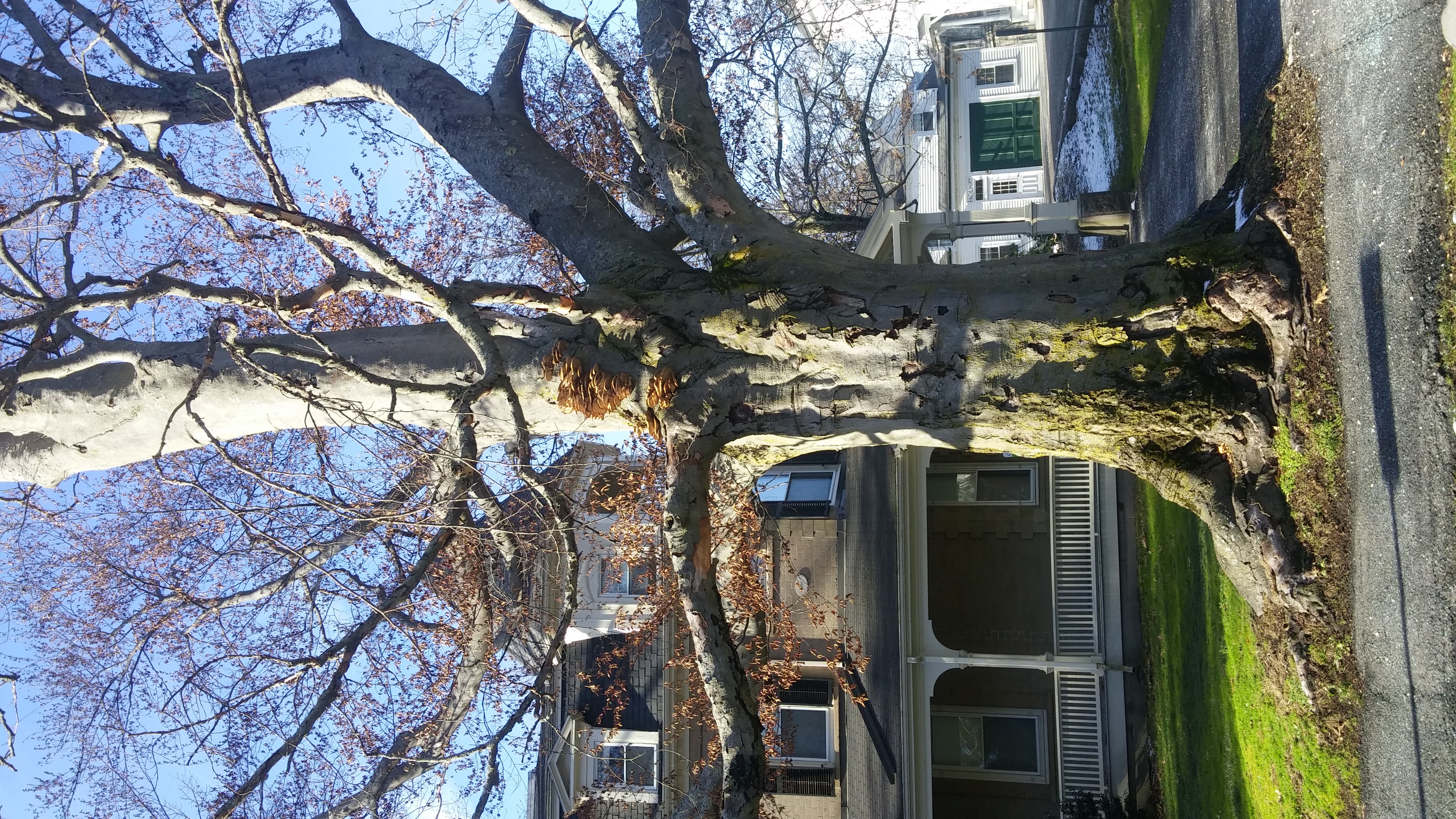By Maxine Gunther-Segal
There are numerous reasons to make an immediate move away from gas as an energy source. The first is that its extraction, delivery, and consumption produce significant amounts of methane, a greenhouse gas that causes an estimated 34 times more climate warming than CO2 over the course of a century. Even worse, recent research shows that the gas industry produces significantly higher quantities of this potent greenhouse gas than previously understood.
Other serious consequences of using gas as a primary energy source:
- So-called “unconventional gas development” like fracking, used to recover shale gas, causes air and groundwater pollution that poses severe health threats to those living near the sites.
- Fracking contaminates drinking water systems, destroys wildlife habitats and natural resources, impacts public infrastructure and services, and costs taxpayers millions in road repair.
- Natural gas line infrastructure accidents are unacceptably common. The use of natural gas creates the constant threat of destructive and potentially lethal gas explosions, like the Merrimack Valley gas explosions in 2018.
Natural Gas and Trees
In addition to negative effects on the environment, public health and safety, and the economy, extensive research shows that by killing trees, gas leaks also create indirect threats to our collective well-being.
 Trees are an essential resource for the communities in which they grow. They mitigate pollution, improving air quality by removing particulates and filtering pollutants like ozone, carbon monoxide, nitrogen oxides, and sulfur oxides. They ameliorate urban heat islands, protecting more vulnerable populations by reducing the risk of dehydration and heat exhaustion. Planted thoughtfully, trees can cool the air anywhere from 2 to 8 degrees Celsius, reduce the need for air conditioning by 30 percent, and decrease winter heating bills by 20 to 50 percent. This lowers energy costs as well as carbon emissions.
Trees are an essential resource for the communities in which they grow. They mitigate pollution, improving air quality by removing particulates and filtering pollutants like ozone, carbon monoxide, nitrogen oxides, and sulfur oxides. They ameliorate urban heat islands, protecting more vulnerable populations by reducing the risk of dehydration and heat exhaustion. Planted thoughtfully, trees can cool the air anywhere from 2 to 8 degrees Celsius, reduce the need for air conditioning by 30 percent, and decrease winter heating bills by 20 to 50 percent. This lowers energy costs as well as carbon emissions.
Access to urban green space improves mental and physical health outcomes, too, lowering stress levels and consequently improving overall health. This is an issue of equity—the fact that disadvantaged populations typically live in neighborhoods with reduced access to green space further exacerbates already serious health inequalities.
Photo caption: Asphyxiated copper beech in Newton MA. Photo by Bob Ackley & Nathan Phillips
Understanding the Science
According to Nathan Phillips, a Boston University professor who has conducted many studies on the subject, decades of research reveal the relationship between gas leaks and tree damage. In one study of urban street trees in Chelsea, MA, for instance, the root zone of dying trees was thirty times more likely to contain detectable levels of soil methane than that of healthy trees.
The underlying cause of this tree damage comes down to oxygen—specifically, the lack thereof. Oxygen is required for tree root metabolism, both sustaining existing roots and growing new ones. When “natural” gas infiltrates the soil around the roots, it displaces oxygen. Some soil microbial species will overgrow as they use any available oxygen to metabolize the fuel’s energy-rich methane. This compounds the deoxygenation of the soil, which eventually kills trees.
Gas leaks are shockingly widespread. At the end of 2019, there were 15,728 unrepaired gas leaks in MA. Home Energy Efficiency Team (HEET) maps all MA gas leaks; a glance at these maps reveals the pervasiveness of unrepaired gas leaks across our state.
Who’s Taking Action, and How Can You Help?
Since 2018, the Multi-Town Gas Leaks Initiative has endeavored to work with National Grid to address these numerous gas leaks and, eventually, end our reliance on natural gas. The Initiative is made up of community advocates and elected and appointed officials, including representatives from HEET, Mothers Out Front, Metropolitan Area Planning Council, and municipalities. One of its working groups focuses specifically on the deleterious effects of gas leaks on trees.
According to Robert Ackley of Gas Safety Inc., just because a tree has begun to deteriorate due to a gas leak, it is not a lost cause. Ackley suggests, “Rather than have gas companies pay for a dead tree, let’s save the living tree. Let’s get them to fix the leaks around the trees. When you have a large, mature tree . . . you can’t get that tree back.”
Persuading gas companies to fix gas leaks can be challenging. Companies may refuse to make repairs if the leak rate does not surpass a certain threshold. But this criterion is fundamentally flawed—Arlington Town Manager Adam Chapdelaine, who works with the Multi-Town Gas Leaks Initiative, explains that existing metrics for grading the severity of gas leaks account for neither the health of trees nor for public health more generally. For this reason, the gas leaks and trees working group is pushing the legislature and the Department of Public Utilities to amend these regulations.
Advocacy remains a crucial means to urge recognition of the science, ensure legislators support fixing leaks, and gain resources for further studies and data collection. If you want to get involved, join our Advocacy Hour, and if you have more questions, please contact Deb Pasternak.